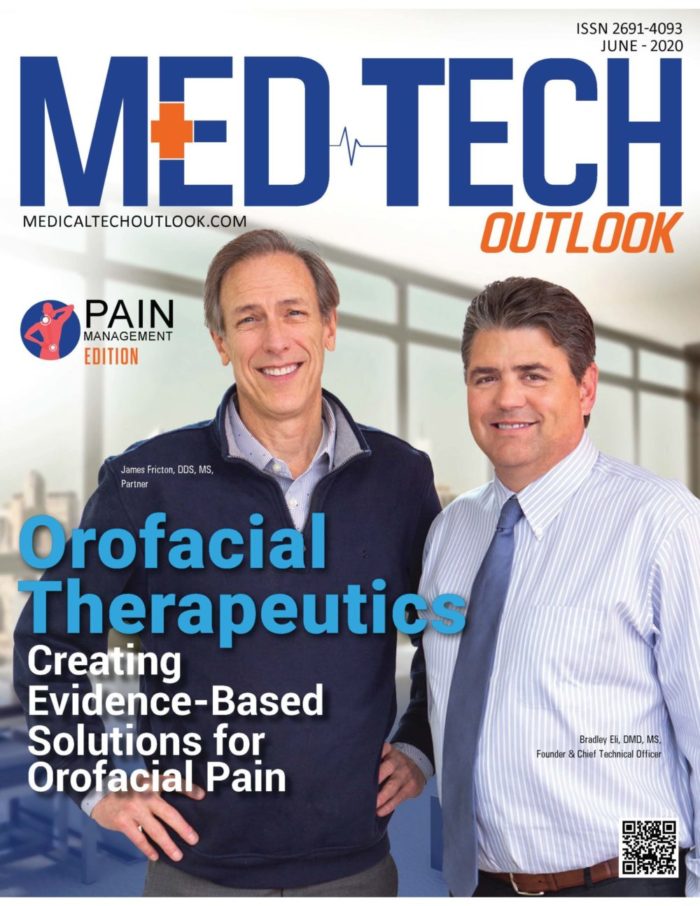When Acute Pain Becomes Chronic
Acute or Chronic?
When addressing any injury, it is essential to know and be able to distinguish between acute pain and chronic pain. Sudden acute pain is usually an indicator of an injury, trauma, or illness, and it does not usually last longer than six months. It generally resolves itself once the underlying cause for the pain is resolved. Chronic pain, however, is a pain that is ongoing and lasts longer than six months. It can continue even after the injury, trauma, or illness has healed, and people can suffer chronic pain even without an apparent cause. This article aims to outline differences in diagnosis and experience of acute and chronic head, neck, jaw and face pain; as well as how such acute pains can evolve into chronic pain.

It may not be a TMJ Disorder….yet.
Acute and Chronic TMJ Disorders
Often, acute pain in the head, neck, and jaw occur from trauma, such as falls, sports-related impacts, physical violence, accidents, or stress-related physiological behaviors. Indicators of facial injury include facial pain, headaches, and concussions.
A common diagnosis for this pain is known as temporomandibular joint disorder (TMD). TMD refers to a variety of conditions that affect the temporomandibular joint (TMJ), jaw muscles, and facial nerves. The TMJ is the sliding hinge that connects the jaw to the temporal bones of the skull, and they are located in front of each ear. Symptoms of TMD include pain or tenderness at the TMJ, general facial pains, headaches, neck and upper back pains, inability to chew or open mouth comfortably.
Acute TMD may be resolved with or without professional medical intervention. The jaw may slip back into place on its own or can be manually realigned by a physician. Chronic TMD encompasses even more causal possibilities, such as various kinds of arthritis, a misaligned jaw, long term jaw-clenching, and habitual grinding of teeth. Chronic TMD often exists for years, but the body can compensate, and it is often left unnoticed or untreated until an injury triggers intolerable symptoms similar to acute TMD.
How Acute can Become Chronic
In cases where untreated acute TMD does not resolve itself, an individual’s quality of life can suffer over time. Untreated TMD can lead to joint damage and inflammation, chronic headaches, tinnitus, degradation of teeth, and increasing muscle pains around the head, neck, and face.

frustrated young business man working on laptop computer at office
For many who experience TMD, professional medical intervention isn’t necessary. However, 5% to 10% of adults suffering from TMD do require professional treatment as some are prone to developing chronic TMD from untreated acute TMD.
TMJ disorders have also been linked to psychological symptoms, such as increased depression, anxiety, anger, and fear. However, such psychological experiences can also act as contributing factors to chronic TMD. This cyclical cause-and-effect nature of TMD and one’s psychology is crucial for understanding, preventing, and treating chronic TMD. TMJ disorders are also closely linked with upper airway sleep disorders (ASDs), and the lack of oxygen during sleep can lead to chronic headaches, neck pains, fogginess, and depression—which, in turn, may exacerbate TMD.
When to Seek Treatment
Identifying the primary causes of each specific case of TMD may be helpful when treating the condition, as multiple causes mean multiple avenues towards the appropriate solutions. For example, sports medicine can address sports-related injuries causing TMD according to its particular framework, while dentists trained in neuromuscular dentistry may have more experience dealing with cases of TMD that stem from dental issues. Whether dealing with either acute or chronic TMJ disorders, seeking professional medical help is encouraged as soon as possible.

Don’t wait to seek help. Help is readily available!
General treatments for TMD and its symptoms include oral applications, sleep appliances, botox of trigger point injections, physical therapy, chiropractic treatments, and medications. Individual at-home treatments, such as Speed2Treat, can also be helpful. Speed2Treat is a four-week care plan that includes treatments for pain and inflammation of head and neck joints and ligaments.
FaceMyPain.com is a helpful resource to learn more about TMJ disorders, and it also features a listing service for providers who treat headaches, facial pain, TMJ disorders, and ASDs. These include pain specialists, TMJ dentists, and professionals who practice complementary alternative medicine. These professional practitioners can also coordinate care for more complex cases that require a multi-disciplinary approach and treatment.
FaceMyPain opens a path to care with qualified doctors and other healthcare providers who understand the complexities of facial pain and can help you find relief and healing.
Treatment providers featured in the FaceMyPain directory are orofacial pain specialists, neurologists, osteopaths, dentists, oral surgeons, physical therapists, chiropractors, and other providers dedicated to treating facial pain conditions.





